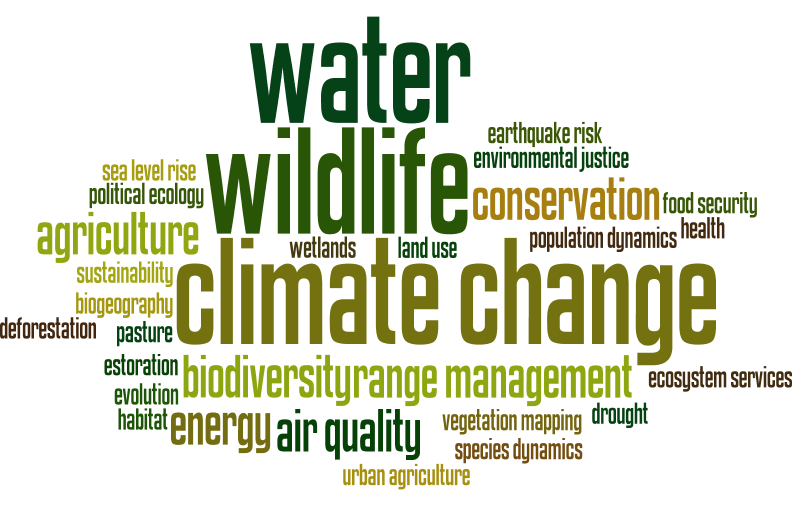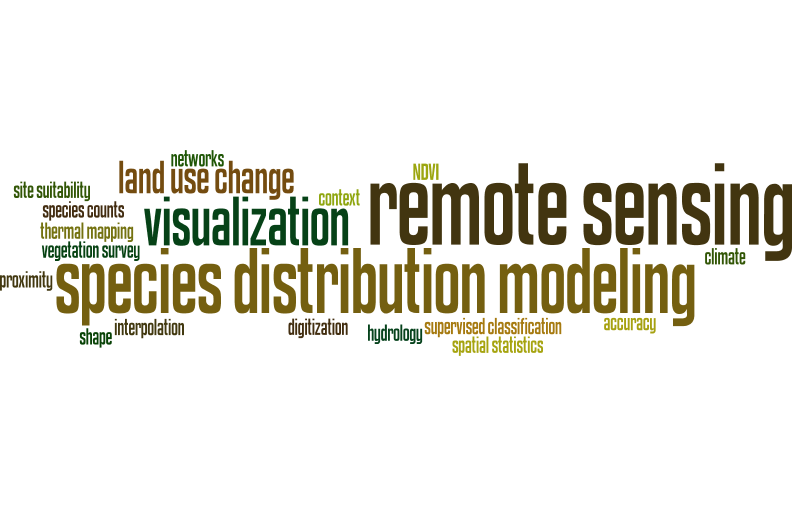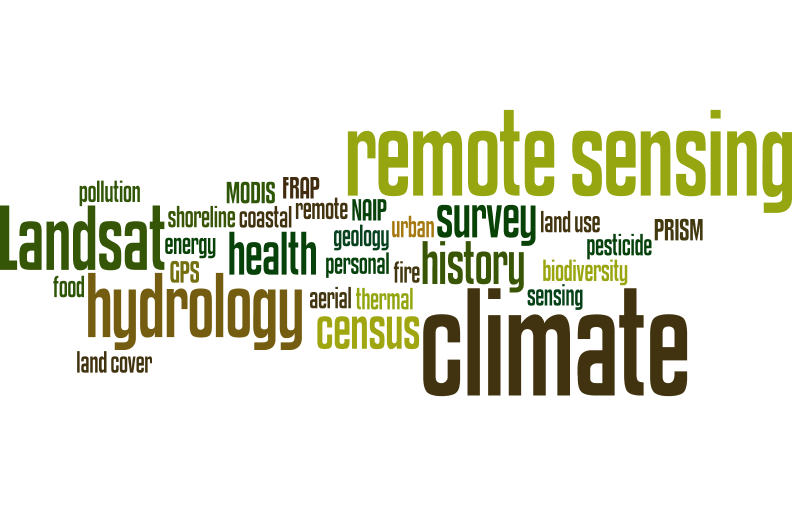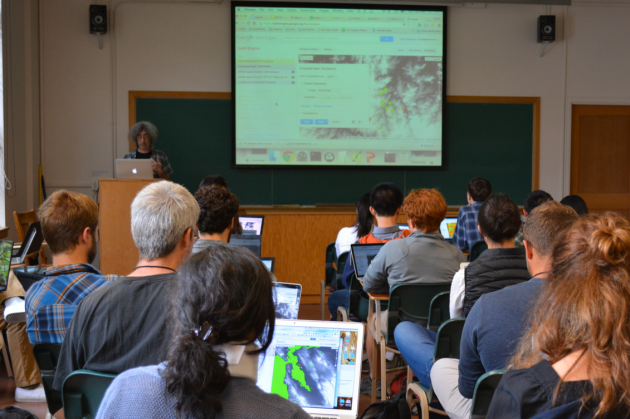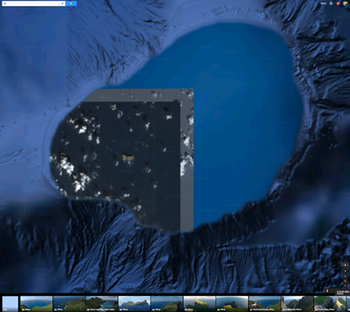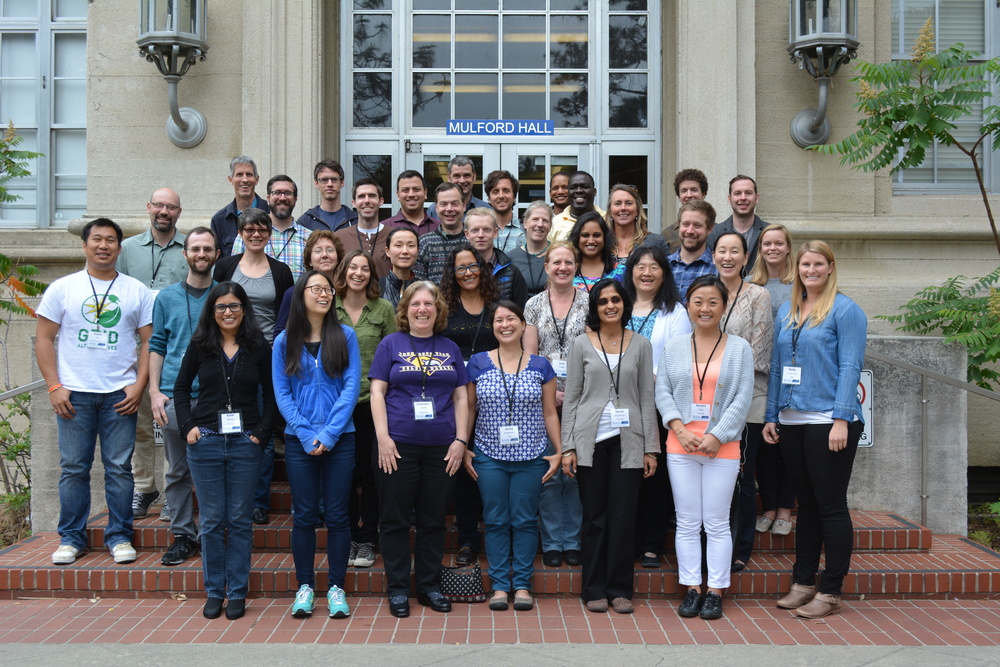Fall 2015 ANR GIS training schedule
/Hello everyone in extension! Our IGIS workshop schedule for the fall is here. We have some great workshops scheduled for your geospatial pleasure. These are coordinated with the workshops provided through the GIF.
| Fri, Sep 18 | 11am-4pm | Hopland Research & Extension Center | Web GIS and Mobile Data Collection |
| Wed, Oct 7 | 8am-12:30pm | Sheraton Grand Hotel, Sacramento | JSIC - Web GIS and Mobile Data Collection for ANR |
| Mon, Oct 19 | 11am-4pm | UC Riverside | Intro to GIS: Crop Agriculture Focus |
| Tues, Oct 20 | 11am-4pm | Web GIS and Mobile Data Collection | |
| Fri, Nov 20 | 10am-5pm | UC ANR Building, Davis | Intro to GIS: Forestry Emphasis |
| Fri, Dec 4 | 1pm-5pm | UC Berkeley | Web GIS and Mobile Data Collection |
| Thur, Jan 21 | 11am-4pm | Lindcove Research and Extension Center | Intro to GIS: Crop Agriculture Focus |
| Fri, Jan 22 | 10am-3pm | Lindcove Research and Extension Center | Web GIS and Mobile Data Collection |


